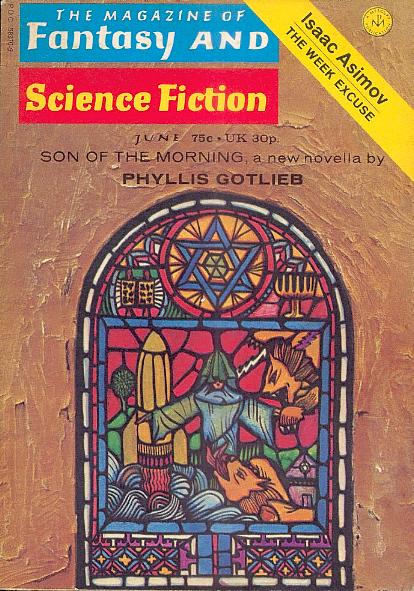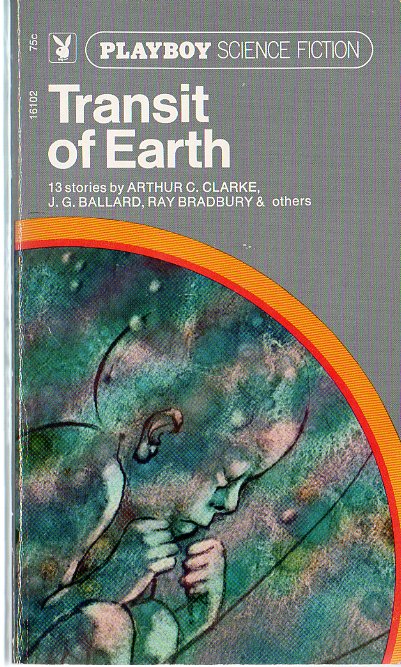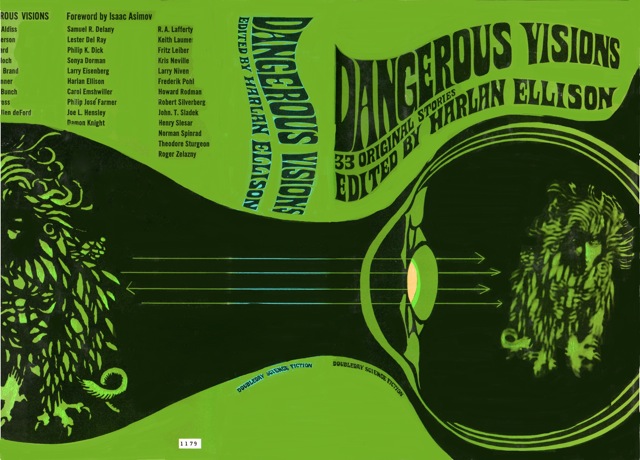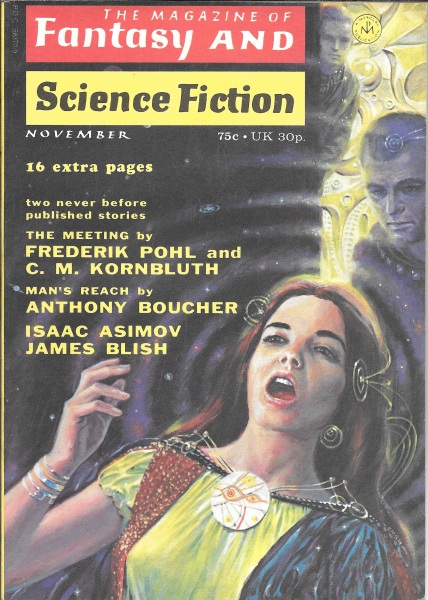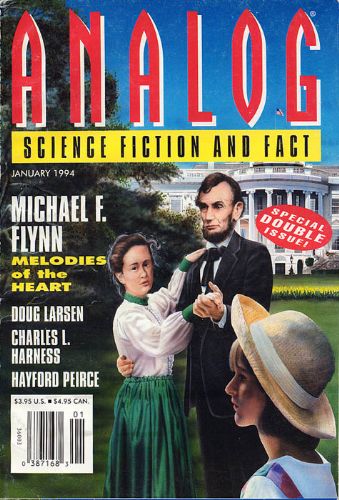First appeared in Ellen Datlow's Omni. Up for a Locus. Reprinted by Datlow and David Hartwell. The title is Latin for “O Come, All Ye Faithful.”
Summary:
Henry Steegman is a construction engineer--that is, he drove tractors that bore holes through the deep rock of Mars. He and the Mars colonists have accidentally imbibed water contaminated with radioactive products so that they are all dying off. Meanwhile, it's Christmas and the inhabitants are celebrating. Steegman drives off on his tractor to make a number of discoveries.
Discussion with Spoilers and analysis:
The first discovery is what appears to be a department store. Of course, everyone back on Earth is excited about Mars again. After people try to take credit and keep Henry from exploring his discovery for himself, presumably due to the advanced state of his illness, he goes on a second expedition, this time presumably finding the Martians himself where no one else can take credit.
The story defies any wisdom about writing I've heard. First, the character's goal is submerged (not fully conscious) and, if anything, is more ours than his. Second, the plot doesn't follow anything that plotters would say is a good plot--following no real established patterns that I can see. I can't see any literary writers finding it a knockout--and the majority of SF readers probably wouldn't either. It is a kind of literary SF, thought-provoking in a subtle manner. The thought provoked (or theme) is actually far outside whatever goals or conclusion the character himself may have come up with.
But it satisfies, in a few ways that stories have--one of the best of that collection. If I had to throw it against most SF stories, it would be at least in the top 10%. We need a definition of story the encompasses this kind of work.
There is, what may be, a flaw here in the main plot. Why a department store? Maybe because humanity at least used to flock to department stores during Christmas? Or is it because these aliens are just pets of another species? This is a minor blemish and doesn't much distract from the work as a whole.
My own idea about how the story satisfies: 1) mystery. Pohl has mined this territory in the Heechee series. 2) We are affronted on the character's behalf since he doesn't seem to care himself, but clearly Pohl knew we'd feel that way and had a road named after him.
Now the theme--the third way the story satisfies--is weird in that it is not so much connected to the character or our feelings about the character. This theme comes from the title--at least this is my reading. It's the opening story in the collection and the final vignette "The Huddling" (discussed here in a week, more or less) seem to confirm this (the two most important spots in any fiction): We now have a new savior whose ways are superior to ours. We need to learn their ways.
That may be, to wrestle with Pohl's theme, but if one savior failed to convert the masses toward his superior ways, why should we suspect these aliens to be any better at improving humanity?

